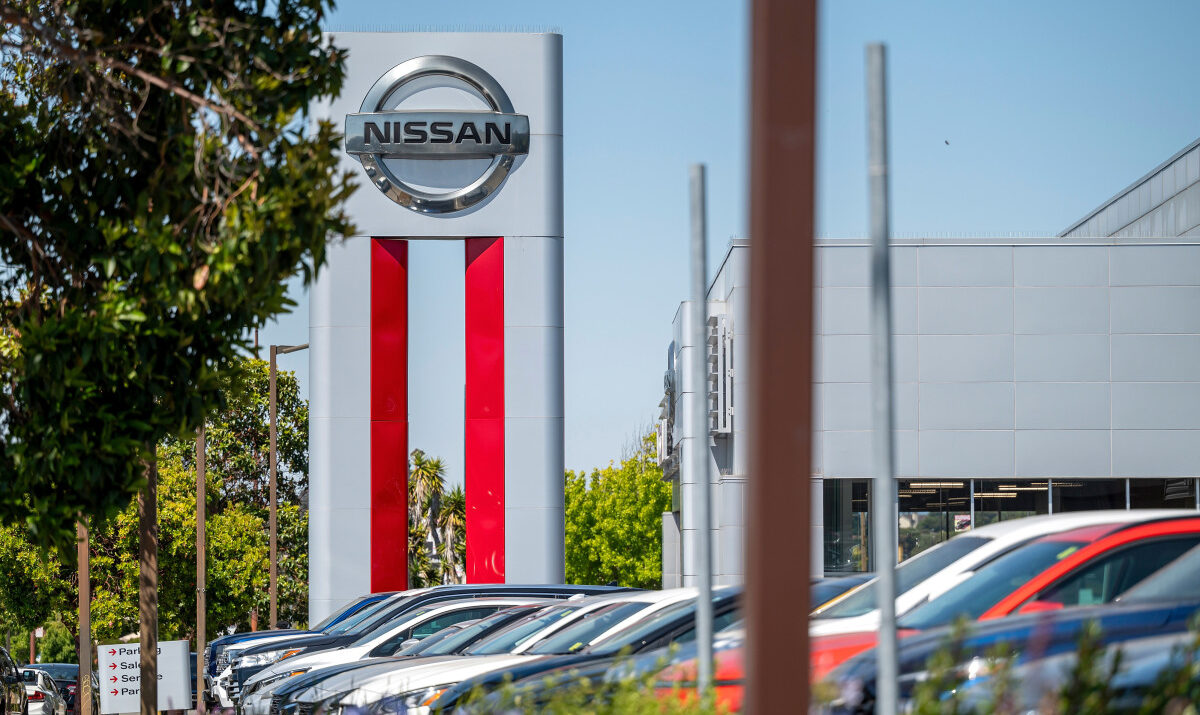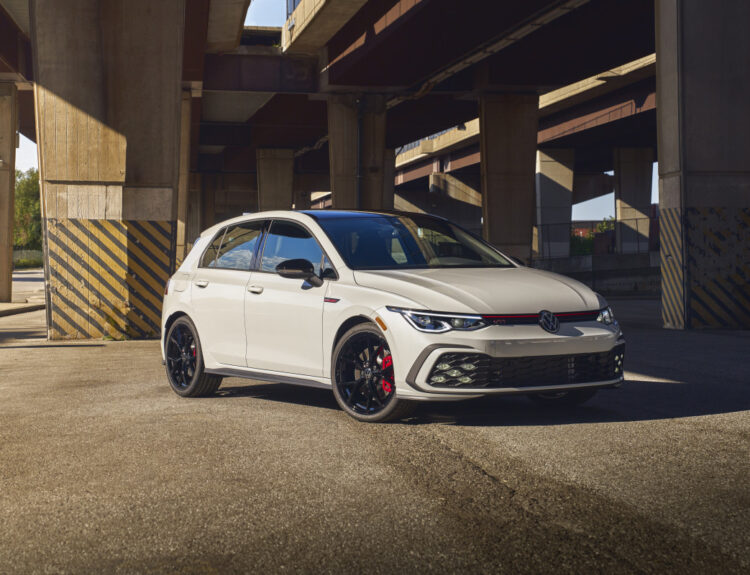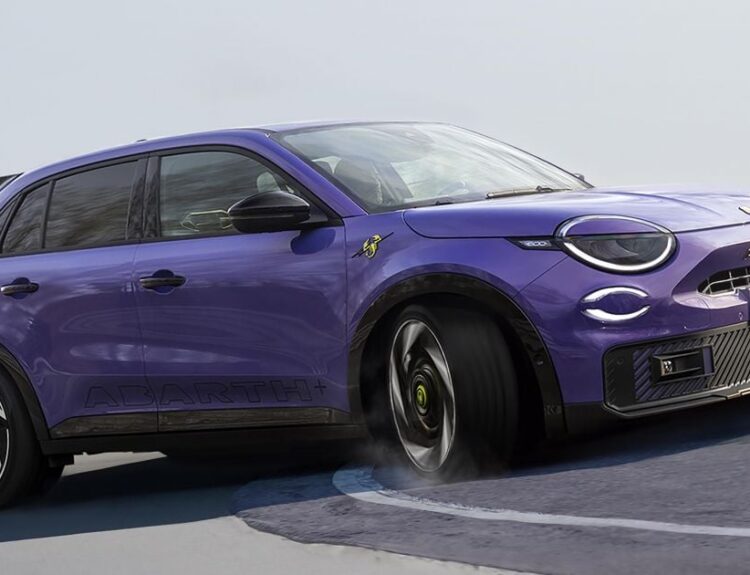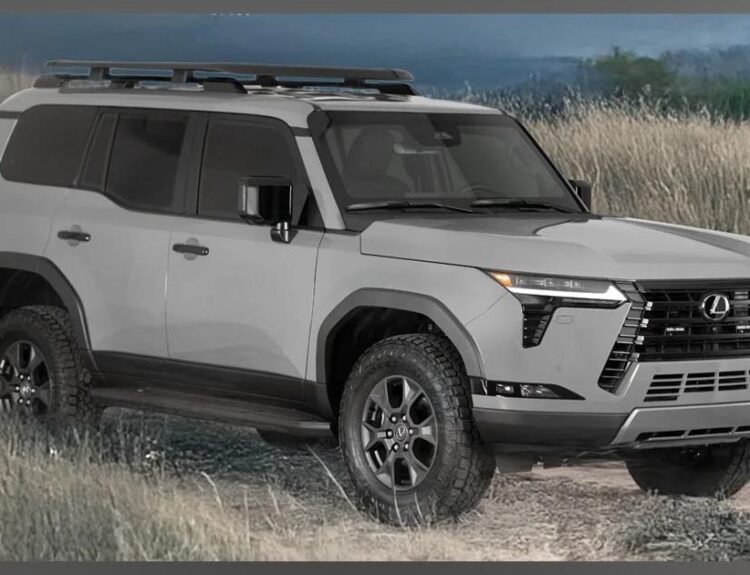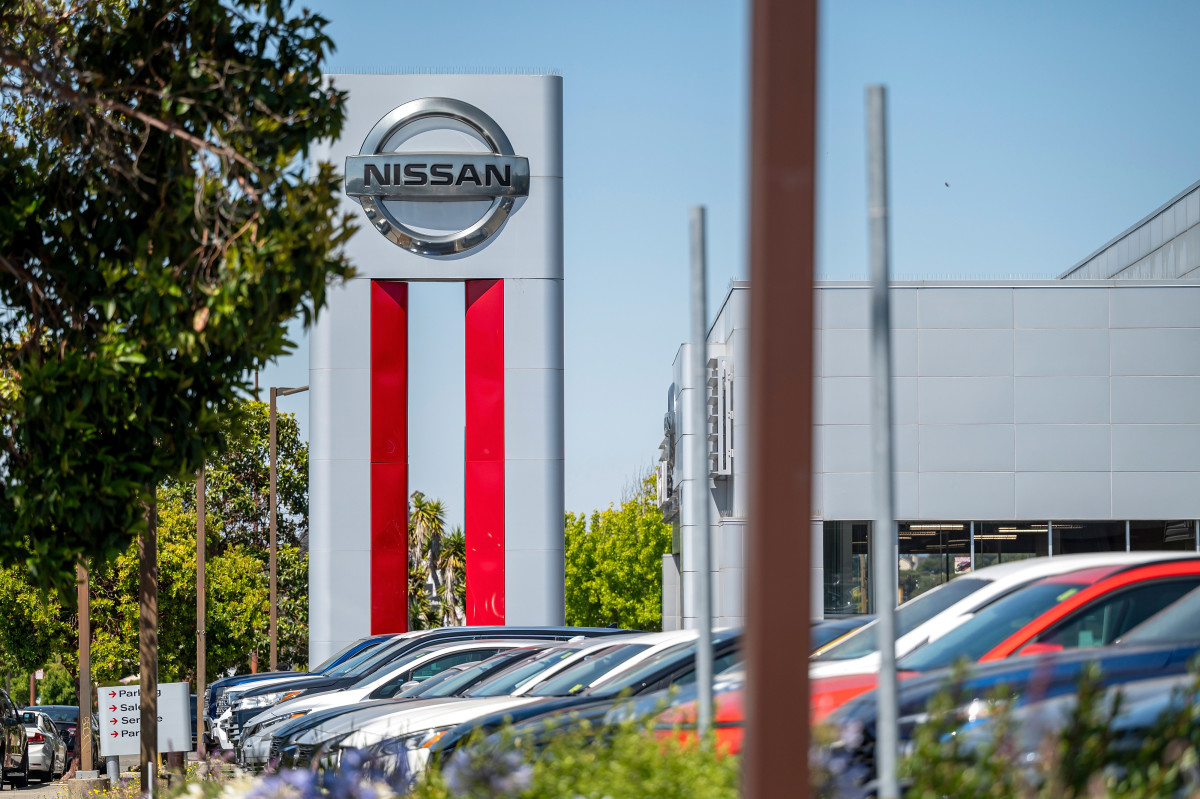
The love affair between American drivers and larger vehicles seems to have reached its zenith. Over the past few years, consumers across the United States have increasingly favored trucks, SUVs, and spacious sedans, prompting automakers to redirect their production toward these more lucrative body styles.
However, a marked shift is now underway. Faced with persistent economic challenges, including elevated vehicle prices and high interest rates, buyers are re-evaluating their priorities. For a growing demographic, the focus has transitioned from the sheer size of a vehicle to its affordability and value.
Recent data by Edmunds highlights this trend, indicating an unexpected revival for smaller cars and compact SUVs. Once in decline, these vehicles are resurging as attractive alternatives for economically conscious consumers.
In Related News: Mazda experiences unprecedented sales growth, despite the absence of electric vehicles.
The Rising Costs of Car Ownership
As reported by Cox Automotive, the average price for a new vehicle surpassed $48,000 in November 2024. With financing costs, insurance premiums, and repair expenses also on the rise, many American households are feeling the squeeze. For numerous buyers, the prospect of investing in a $48,000 midsize SUV or a $76,000 full-size SUV is simply beyond reach.
Average Transaction Prices for New Vehicles
Cox Automotive
“Consumers still require the functionalities these vehicles provide, but they are opting for more compact models that fit their financial constraints,” noted Charles Chesbrough, a senior economist at Cox Automotive. “Small cars simply align better with their budgets.”
The price disparities between larger and smaller models are pronounced. Edmunds reports that the average price for a compact SUV is currently around $29,000, starkly contrasting with the $48,000 for a midsize variant. This noticeable $19,000 difference can significantly impact cost-sensitive buyers.
In Related News: Tesla tops the 2024 recall list; discover which other manufacturers are involved.
The Resurgence of Small Vehicles
Smaller vehicles are witnessing a remarkable uptick in sales this year, with compact cars such as the Honda Civic and Nissan Sentra seeing increases exceeding 23% through November. Additionally, compact and subcompact SUVs reported an 11.5% rise in sales during the same timeframe. These vehicles now constitute 27% of overall U.S. sales, up from 22% prior to the pandemic.
2024 Sales Volume and Year-Over-Year Changes
Wall Street Journal
Asian automakers, including Toyota, Honda, and Mazda, are at the forefront of this resurgence. These brands have historically dominated the compact sedan and SUV categories, offering options with starting prices below $25,000. Both the Mazda3 and Honda HR-V have posted impressive double-digit sales increases this year, while Chevrolet’s budget-friendly Trax SUV saw a staggering 89% surge in sales.
In Related News: Honda CEO shares surprising insights regarding the potential Nissan merger.
Motivations Behind Downsizing
The move toward smaller vehicles is not solely driven by price; practicality plays a crucial role as well. Compact and subcompact SUVs typically offer elevated driving positions, superior fuel efficiency, and cutting-edge features—such as expansive media screens and advanced safety technology—all at a lower cost. For families that do not require the additional cargo capacity of larger SUVs, these models provide many of the same benefits without the drawbacks.
Used Vehicles on Display at Independence Honda Dealership
SOPA Images/Getty Images
In recent years, many automakers have phased out affordable sedans and hatchbacks in favor of smaller SUVs. According to Edmunds, the number of new cars priced under $25,000 plummeted from 45 models in 2019 to a mere 11 this year. Consequently, buyers seeking economical options have increasingly turned to compact SUVs as substitutes, whether out of preference or necessity.
This renewed interest in smaller models may also correlate with broader lifestyle changes. As more Americans settle in urban and suburban regions where parking is limited, the practicality of smaller cars and SUVs becomes apparent. These vehicles strike an effective balance between utility and ease of maneuverability.
In Related News: The 2025 Chevy Traverse undergoes upscale transformation, eliminating the base LS model and introducing a High Country variant.
A Challenge for American Automakers
While Asian brands capitalize on the surge in demand for smaller vehicles, Detroit’s automotive giants face substantial challenges. American manufacturers have largely diverged from sedans and compact cars, concentrating their efforts on producing larger trucks and SUVs. Although profitable in an era of affordable gasoline, this strategy has left them with few options for budget-conscious buyers.
2025 Chevrolet Trax
Chevrolet
General Motors has found some success with the Chevrolet Trax, priced around $20,000. Nevertheless, dealerships frequently report insufficient inventory to satisfy the heightened demand for affordable vehicles.
Adam Lee, chairman of Lee Auto Malls in Maine, has observed that larger trucks and SUVs linger on dealership lots while consumers increasingly seek budget-friendly options. “It’s unfortunate that so many automakers have eliminated their most economical models,” says Lee. “It’s like watching a flock of sheep, all following each other off a cliff.”
In Related News: The 2025 GMC Terrain faces a $1,300 price increase due to escalating costs associated with its base trim.
Will This Trend Endure?
The sustainability of this downsizing trend will largely hinge on overarching economic conditions. Should interest rates decrease, larger vehicles could become more attainable for consumers. However, proposed tariffs on imports from Mexico and Canada—where many affordable cars are manufactured—could escalate costs further, entrenching the demand for smaller vehicles.
Nonetheless, the initial purchase price is not the sole consideration in car ownership. Price-conscious consumers are likely to gravitate toward smaller, more economical models that prove easier and less expensive to maintain.
Mazda3 Sedan and Hatchback
Mazda
In Related News: Prepare to be amazed by these unconventional Nissan concepts.
Concluding Thoughts
The increasing appeal of smaller vehicles signifies a notable shift within the American automotive landscape; however, it remains unclear whether this represents a lasting cultural change or an adaptation to economic pressures. Regardless, the rising interest in compact cars could significantly impact automakers in the coming years.
As younger consumers begin to enter the market, companies that can reliably provide entry-level vehicles are likely to cultivate greater brand loyalty. Conversely, manufacturers lacking competitive small-car offerings may risk alienating this vital segment.
Ultimately, the message for automakers is unambiguous: catering to consumer demand for smaller, budget-friendly alternatives is not merely about competing; it is about adapting to an evolving marketplace increasingly characterized by pragmatism and economic feasibility.
In Related News: A U.S. Green Beret recently detonated a Cybertruck outside Trump Tower in an alarming incident.
Source:www.autoblog.com

